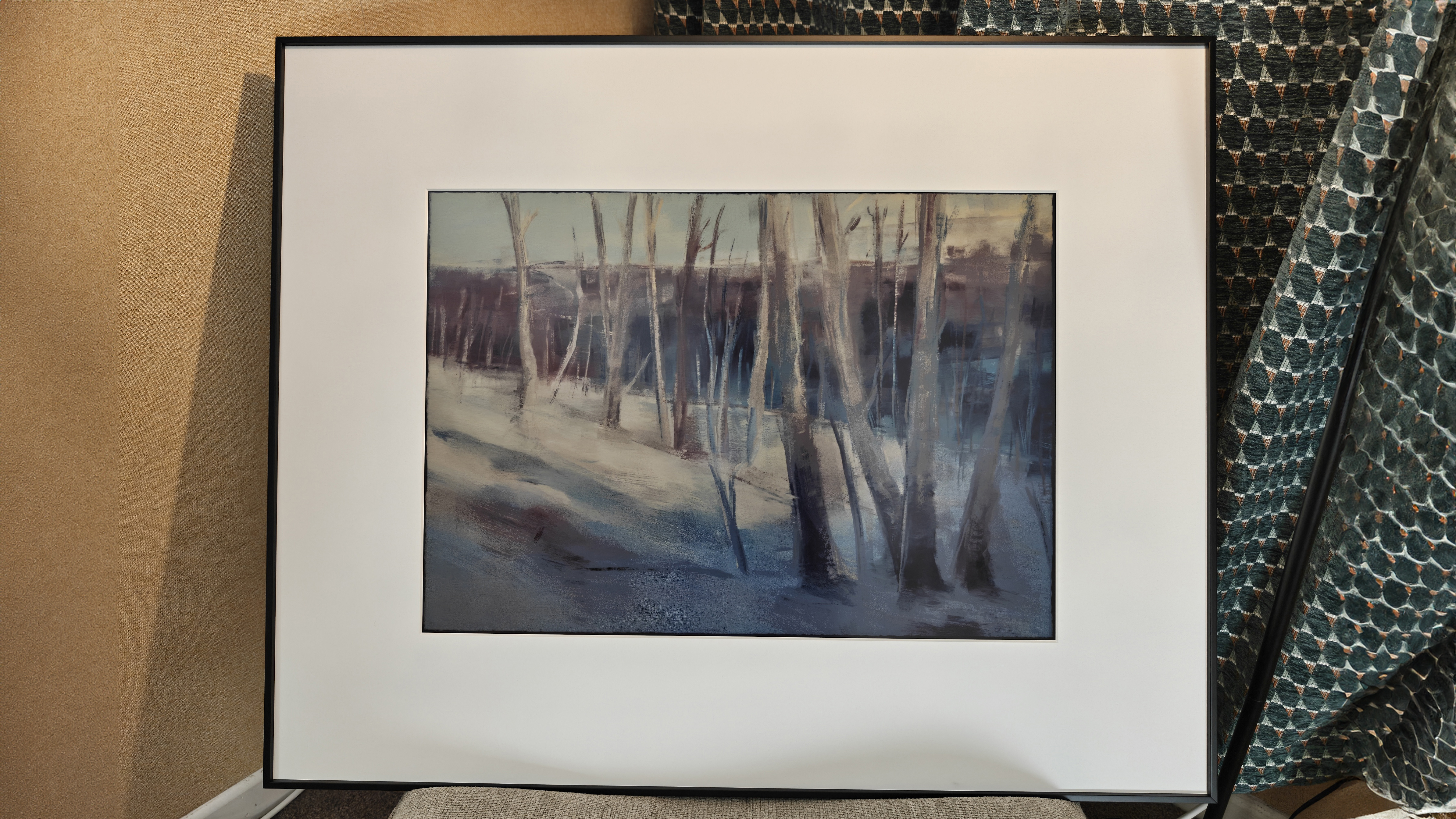
If you need NFT tips for everything from the best types of NFTs to buy, how to promote your NFT and what NFTs scams and hacks to be weary of, we have you covered in this feature.
We have deeper features, such as our NFT guide What are NFTs? that explains in detail how non-fungible tokens, digital files registered on a blockchain, can offer scarcity. You may want to take a look at our tutorial on how to create an NFT for free and my feature NFT meanings, slang and terms: all you need to know. Also, read up on ex-Final Fantasy artist Yoshitaka Amano's first new NFT collection for a spot of inspiration.
We cover how to make and sell an NFT elsewhere, in this NFT tips feature we'll be taking a closer look at how to buy and sell an NFT. The big thing to always remember is NFTs can be highly volatile, meaning their volume can rise and fall quickly. Be prepared for a roller coaster ride on some NFTs, which leads us to our first tip.
If you have an NFT or an NFT collection then you'll want to show it off; read my feature 'Why Tokenframe is one of the best NFT frames for digital art' to discover why this is a great way to display your digital art. Or take a look at my guide to the best NFT displays.
01. NFT tips: buy NFTs you love
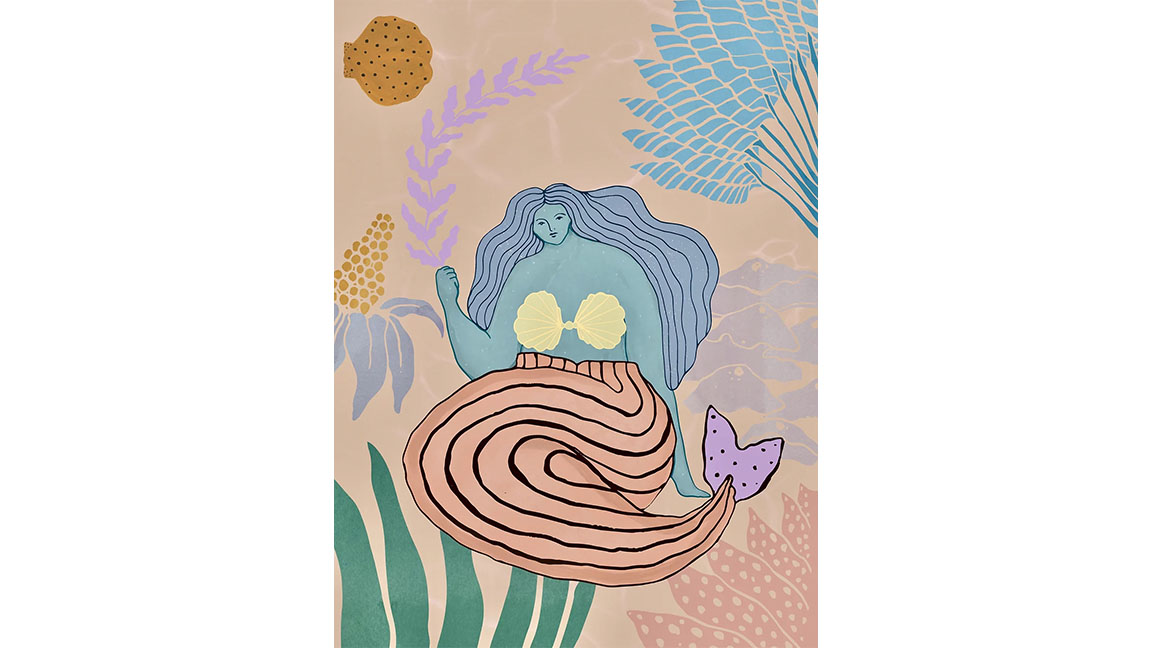
Generally, always buy an NFT you actually love. Think to yourself, if this NFT drops in value will you still love it or are you only buying it for the potential profit you can make? We've listed some of the best new NFTs to buy before, and these are ones we like regardless of value.
It's easy to get caught up in the idea of getting rich quickly, and in fact a survey by Hiscox Online Art Trade Report shows 82% of NFT buyers surveyed were motivated by the idea of an investment rather than the art itself. Interestingly the women surveyed were more likely to place the value of the art above the potential profit of the NFT.
02. NFT tips: buy the utility
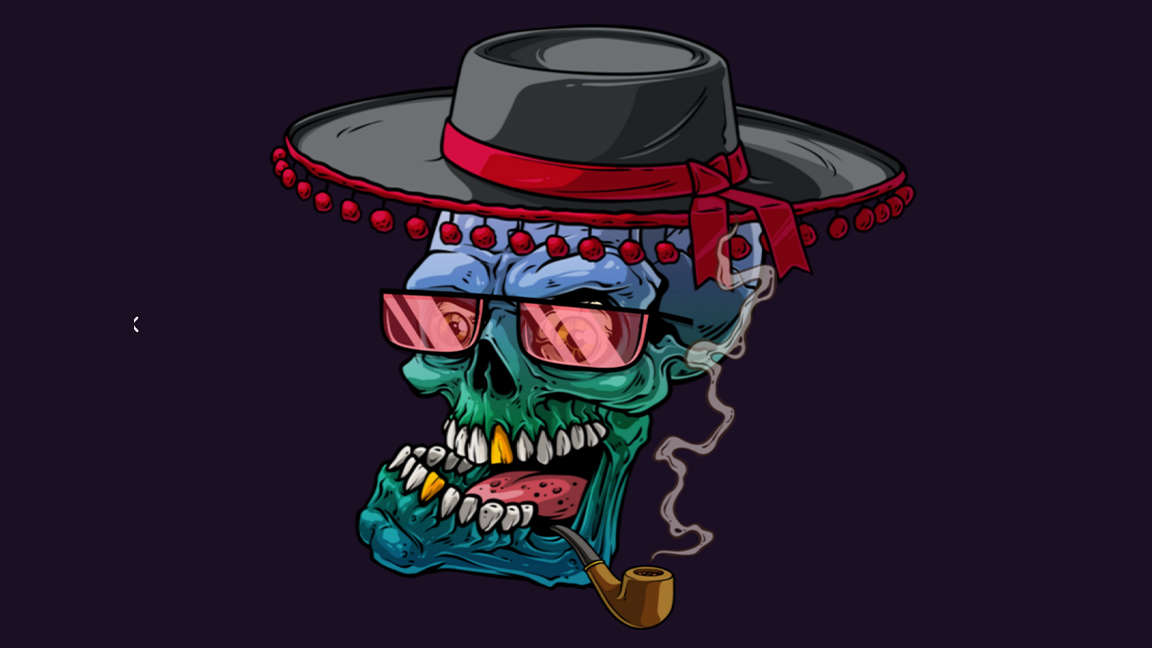
This is linked to Tip 1. If you're in doubt about an NFT's artistic value then consider its utility, or rather what access or use this NFT – the smart contract behind the art – can be used for. NFT art can be used for everything from funding films to setting up education platforms. This new technology can mean a lot for NFT gamers, too.
Daily design news, reviews, how-tos and more, as picked by the editors.
An NFT's utility could be for access to a community, in real life events, assets in a video game or even a real life wearable. For example, Crazy Skullz is raising funds for charities as well as buying land in the metaverse for owners of the NFT. Some NFTs place profits into a fund to pay for new projects, gallery events, and support artists; so you can buy an NFT and feel good.
03. NFT tips: If its sounds too good, it probably is
As with anything, be weary of email and social media scams. If someone offers you an NFT at an incredible price or will drop an NFT into your wallet for free, be cautious. Do some research – take a look at the seller or project's history, how long it has been in existence, who has bought it, ask questions of others and drop into Discord and social channels to sound out the project.
Don't share your wallet or bank details with anyone who approaches you out of nowhere. Be safe online and always do your research into who is selling and what the project is. Ultimately, this all comes down to Tip 1 and only buy an NFT you really like or understand.
04. NFT tips: support new artists
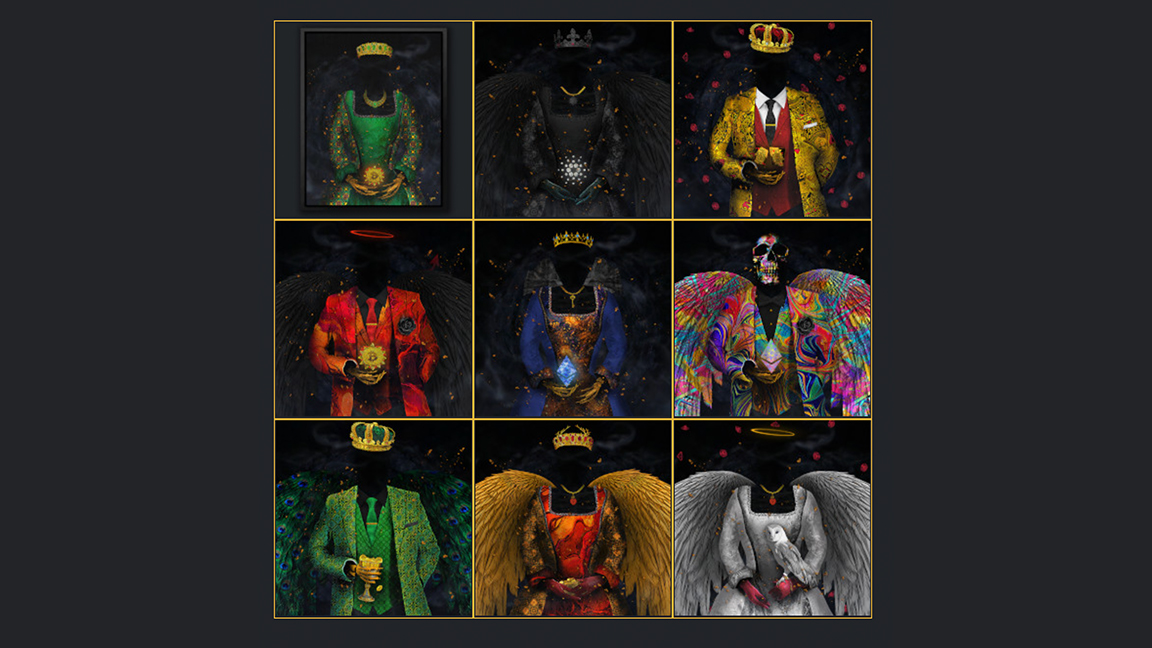
There are a lot of new artists coming into NFTs, and part of the excitement around non-fungible tokens is how artists who would have never been able to grab headlines or get a space in a gallery are successfully selling NFTs. These artists, like Beeple, are creating new kinds of art.
But remember investing in an artist should be a personal thing. As with Tip 1 invest in NFT artists you like, or you feel have something to say. Often it can be ill-advised to follow trends too, so find artists you like and invest from a personal perspective.
A good piece of advice would be to follow and invest in NFT artists who are dedicated to NFTs. For example Eternal Royals is an NFT by Jesse Johnson that enables collectors to have a 1:1 real life canvas print of the art, once printed the NFT's metadata changes as does the digital representation. These artists will be experimenting with NFTs and smart contracts, and will often have new and original ways to present art. Remember, art is about ideas.
05. NFT tips: don't flip an NFT for profit
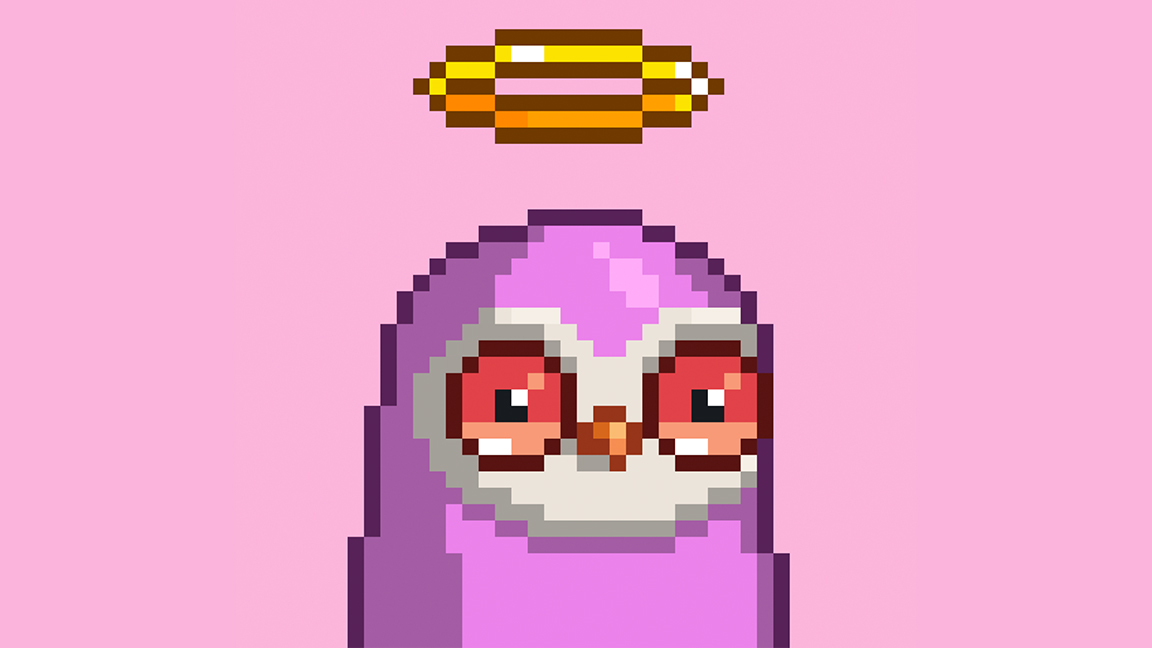
Realistically we'd say don't try to flip an NFT for profit. We're back to Tip 1 again – if you don't love the art or the idea or the NFT's use, then you're likely setting yourself up for a fall. You'll really need to study NFT crypto too. But if you really want to know more, read on.
If you are into non-fungible tokens just to make money, then you'll need to learn the do and don'ts of flipping NFTs. Basically this is buying an NFT at a low cost and selling it for a higher price. If you do this, you'll need to keep track of upcoming NFT drops and try to spot the best new projects.
The mantra 'buy the rumour, sell the news' is relevant here, and means you'll need to do a lot of research and immerse yourself in the NFT world to make anything from flipping NFTs. Even if you do the research be weary of the cost, for example the Moonbird NFT comes from a well-respected team but it's mint price was incredibly high. If we're honest, flipping NFTs is incredibly hard for beginners to get into and we'd advise not heading down this route.
06. NFT tips: understand gas fees
Knowing what gas fees are and how to handle them can be crucial for avoiding high transaction and minting costs. Gas fees are payments you'll make on Ethereum blockchain transactions to compensate for the energy it costs to create an NFT.
You can set a 'gas limit' on any buys to ensure you never spend more than you want. Gas fees go up and down as more or less Ethereum transactions are made, so pick your time – generally between 9-11pm UTC is cheapest.
One thing to be wary of is converting ETH into other cryptocurrency to buy NFTs on other blockchains; this can get costly as you deal with trading currency and often you can find yourself caught in a situation where the gas fees exceed the value of the NFT.
It's worth doing some research into gas fees and how they work and how you can save money if you're serious about NFTs. There are NFT artists who will share advice on socials (don't ever part with money) who aren worth looking our for and following, for example Will Paper on Twitter has a great series of Tweets on gas fee advice:
Nearly $100M has been spent on gas for the BAYC land sale in one hour. This is money that could have gone to Yuga or stayed in user's pockets.The contract had nearly zero gas optimizations. I'll explain a few gas optimization tricks that could have saved many millions below 👇 pic.twitter.com/CsYvWdEQKcMay 1, 2022
07. NFT tips: understanding the data
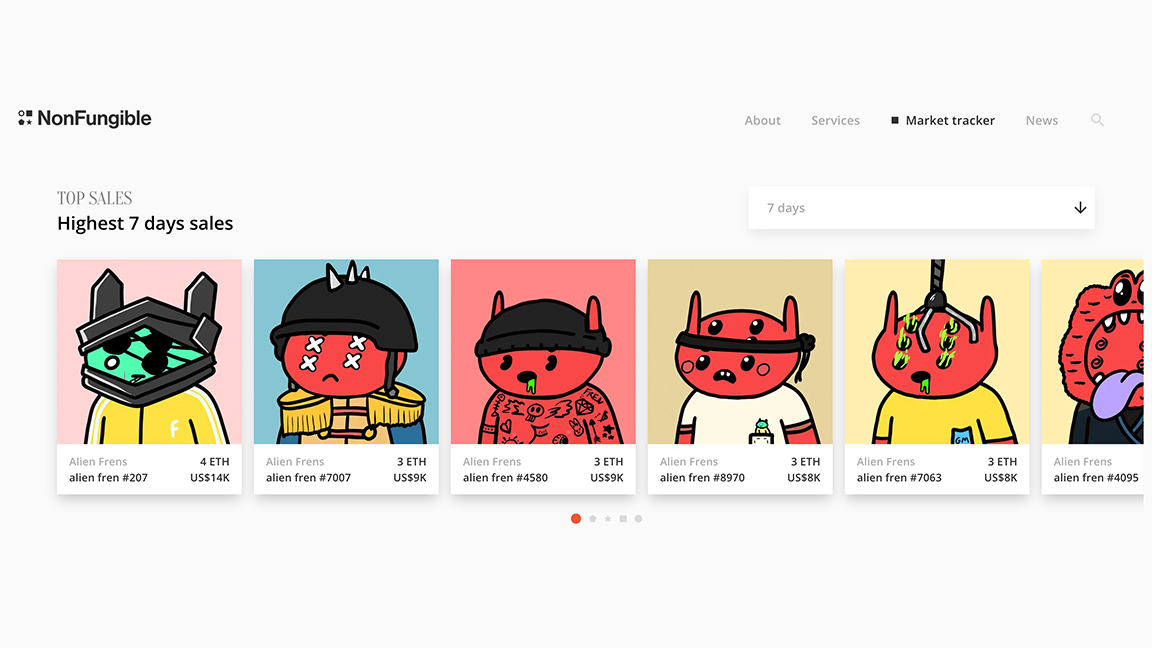
While it's hard to tell if an NFT will increase in value or whether the art is going to be successful, there are some core criteria you can examine to ensure the NFT you buy isn't completely worthless or how to spot a fake NFT. We've highlighted some below.
Remember, when you're selling an NFT these things matter too. Ask yourself does your NFT tick these criteria, as it's what people will be looking for. This is data that can help you to know who's buying NFTs. So, let's take a look a the key things to look for from an NFT.
Know the basics
Track and follow the artist on social media, or if they have a Discord drop in and don't be afraid to ask questions. Ask other people on social channels for advice; have they heard of the artist? Is the creator of the NFT paying for ads on social media, so are they trying to artificially create a buzz? This can be bad news. Compare price data and sales volumes, for example compare OpenSeas data with Etherscan transactions and follow previous buyers. Do they match? If you have any doubts, don't buy.
Check scarcity
Generally the higher the mint number (this can be anything from 1500 - 10,000) the lower the volume of rare or scarce NFTs in a project. This can make for more secure values, so the NFT's price may not rise or crash quickly (though it can) and you can often find these are accessible and fun NFTs to get into.
Check the floor price
Most NFT marketplaces will offer a floor price value to show a general guide price to what the NFT project is worth. Within the NFT project you will find some selling for less as well as more than the floor price.
Remember, NFTs lose value too which can mean you may pick up an NFT for less than it's worth so keep a track of projects you like and buy in when they reach a price you're comfortable with. Also, look out for NFTs during a whitelist phase, which means following artists, being involved in the project, and doing some research. You'll get the NFT at a mint price, before public sale when the floor price can be set. (Naturally, the value can decrease so we're back to Tip 1.)
Trading volume
This shows at a glance if people are buying or selling these NFTs. This only really matters if you're after short-term gains, if you're buying NFTs because you love them then this doesn't matter. But it does show instantly the interest in an NFT, and can suggest general trends and what kinds of NFT you may want to look for or even create. Sites such as nonfungible can over volume data at a glance.
08. NFT tips: learn the tools
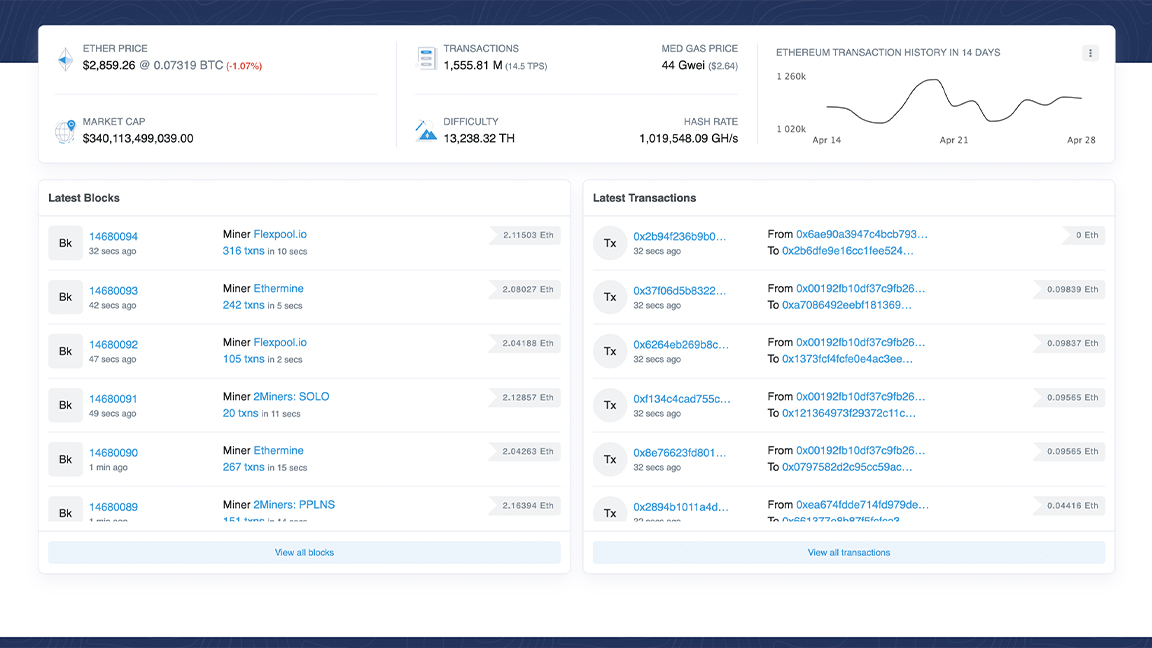
We've already mentioned Etherscan above, this is one of many tools available to help explore and uncover new NFTs and make buying decisions. Other tools include Nansen.ai and Dune.xyz . Etherscan, for example, is an independent site that tracks transactions on the Ethereum blockchain.
You can view past transactions as a good way to ensure an NFT is a real thing, and it also offers pending transactions, so if you follow a collector you can see what is being bought. Remember to use this data alongside data from NFT marketplaces and social channels to ensure an NFT is actually being bought and it's not a free drop (scammers like to build fake hype by dropping free NFTs into collector or influencer's wallet - read our guide to NFT scams for more details).
Disclaimer: The opinions expressed in the article are for general informational purposes only and are not intended to provide specific financial or investment advice or recommendations for any individual for any investment product. The article is only intended to provide general information and opinions about NFTs. The views reflected in this article are subject to change at any time without notice.
Read more:

Ian Dean is Editor, Digital Arts & 3D at Creative Bloq, and the former editor of many leading magazines. These titles included ImagineFX, 3D World and video game titles Play and Official PlayStation Magazine. Ian launched Xbox magazine X360 and edited PlayStation World. For Creative Bloq, Ian combines his experiences to bring the latest news on digital art, VFX and video games and tech, and in his spare time he doodles in Procreate, ArtRage, and Rebelle while finding time to play Xbox and PS5.
